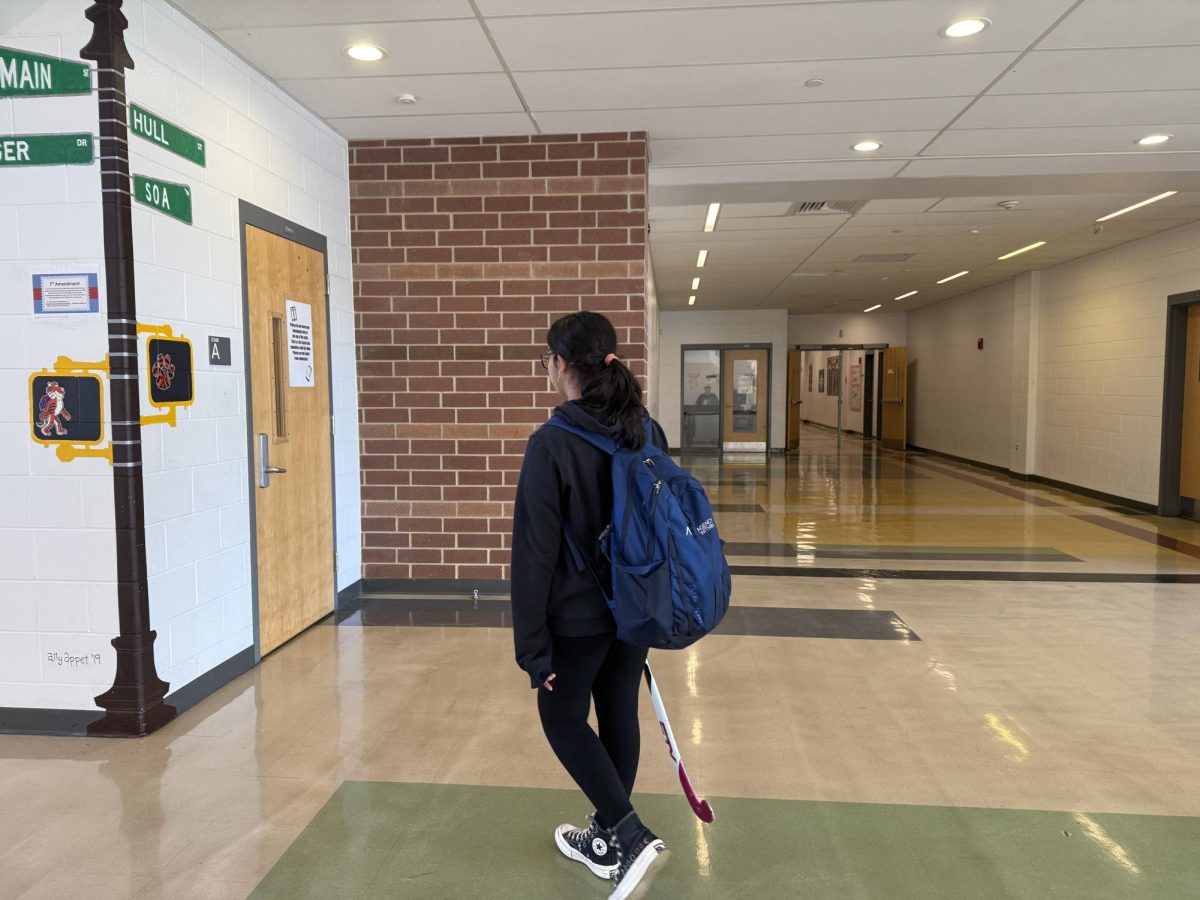After a long day at school, I sit at my desk, crack my knuckles, and open my laptop. For hours, I stare at math problems, science lectures, English essay prompts, and history textbook pages. The hours slowly tick by as I crane my neck over my laptop.
I’m not alone in this nightly quest to complete my checklist. The unusually strenuous workload to complete an impossible number of assignments is exacerbated by major scheduling changes in term one. These changes include the no-homework Columbus Day weekend and the early ending of the term.
The North administration decided to implement these changes to alleviate student stress. But these changes in this year’s term one schedule have led to a myriad of problems for students. Between the no-homework weekends and the early end of the term, we have lost an average of six hours of class time per block this term. Since there are fewer testing opportunities, we often have multiple tests on the same day and fewer graded assignments, so a low grade has a greater impact on a term grade. Really, these efforts have ultimately done more harm than help.
But that’s not to say that the North administration’s decision was not a push in the right direction. These no-homework weekends have, to some extent, alleviated student stress and created a calmer atmosphere at North. More importantly, though, there is ample concern about a growing stress culture at North, and I find the administration’s desire to mitigate the impacts of this unhealthy environment commendable.
That being said, I believe that currently, the North community’s discussions about mental health and stress are often limited to homework assignments. Furthermore, next year’s schedule entails fewer blocks, which may only contribute to this problem and increase student stress. By attempting to target this problem by creating homework buffers, there is an implication that homework is the primary source of stress for students. However, in a diverse community like North, there are many sources of school stress other than homework and college applications, from athletics to theater to clubs. While these term one scheduling changes have emphasized the urgency and importance of this growing problem, preventing teachers from assigning homework is not an adequate solution. Our actions to reduce student stress need to reflect all aspects of student life.
There is no single solution to alleviate the many stress-related problems at a diverse school like North. However, we can all find productive ways to talk about stress and homework and establish better communication strategies to collaborate with our teachers. We can design future schedules with a holistic view of stress factors at North and consider changes to athletic schedules and club meetings rather than just schoolwork. We can work with our teachers and administrators to establish compromises and collaborate rather than blaming them – after all, the disrupted classes are also a source of stress for teachers, who have to cram their lessons in a shorter learning period. And while it isn’t possible to make amends to the term one schedule, we can keep the problems created by this schedule in mind when discussing future scheduling changes. Communication and collaboration can help us initiate the dialogue with our teachers, provide insights in decision-making processes like those by the North administration, and represent the various perspectives within our student body.
A solution, if we arrive at one, will not happen overnight. I don’t for how long I’ll be staring at my laptop tonight. But in the meantime, I’ll just add it to my checklist of things to do tonight.









































